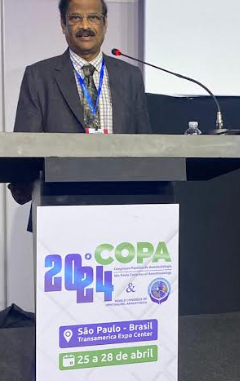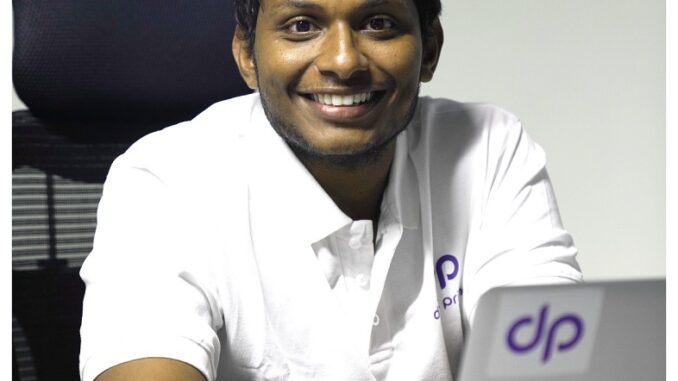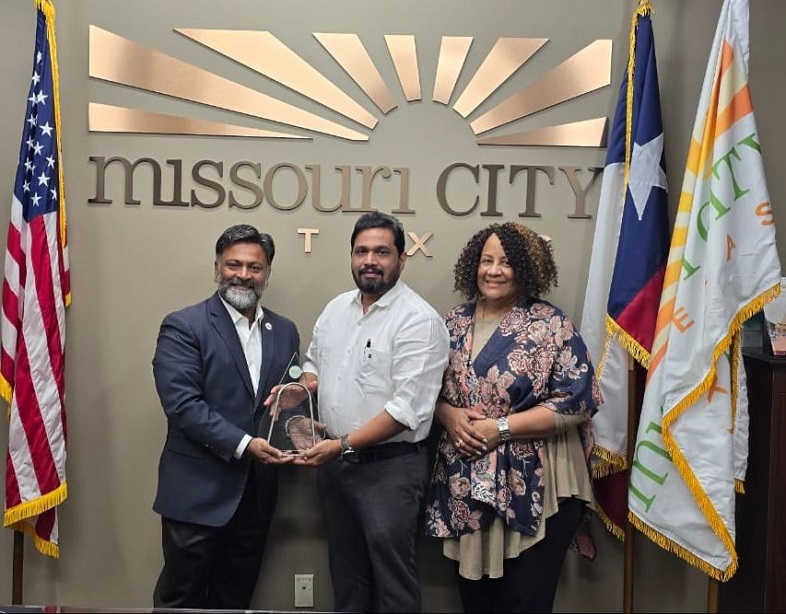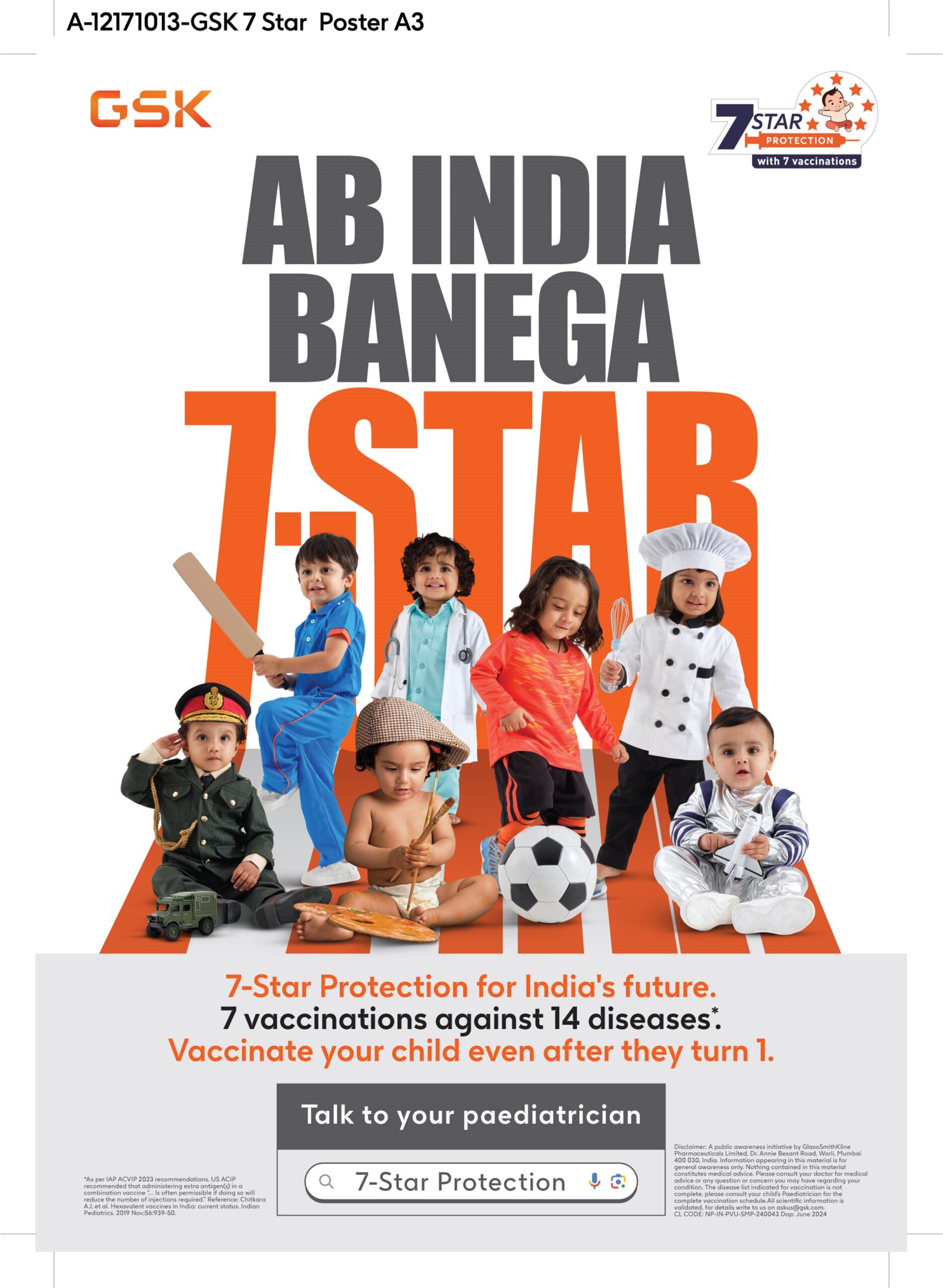India, 1st August 2024: Emoneeds, a leading digital mental health platform, has announced a strategic partnership with the New Venture Fund for Global Policy and Advocacy (NVF for GPA), Washington and NAADAM, a Hyderabad-based NGO, to provide free mental health treatment to over 2,500 patients in tier 2, 3 cities and rural areas of India over the next year. This initiative aims to bridge the significant gap in mental health services in underserved regions of India.
The New Venture Fund for Global Policy and Advocacy (NVF for GPA), Washington advances global health and development by providing targeted and timely awards for innovative, high-impact policy, advocacy, and communications projects that promote more and better resources, effective policies, and greater visibility for issues critical to global health and development.

NVF has engaged NAADAM, an NGO based in Hyderabad, India, to implement Project Manas.
NAADAM has partnered with Emoneeds (RNR Emotional Well-Being Technologies LLP Ltd) as their technical partner to provide clinical services. Emoneeds has also subsidized their services as part of their social commitment under the project.
As part of this project, Emoneeds will provide a comprehensive range of offline and online mental health support including OPD services, clinical assessments, and extensive mental health psychiatric and psychological support free of cost to patients from tier 2, 3 and rural areas.
Emoneeds provides comprehensive mental health support through its tech-based platform which includes Tele-Psychiatrist consultations, Tele-Psychotherapy Sessions, Tele-Monitoring Calls, Family Sessions, Group Family Psycho-Education Webinars, Cognitive Remediation Therapy (CRT), and Social Skills Training (SST) online. Emoneeds provides mental health support to the spectrum of mental health services across mild, moderate, and severe cases. From depression to chronic cases of Schizophrenia, Bipolar disorders, OCD, and drug de-addiction, Emoneeds has successfully delivered services through its portal to these patients in the comfort of their homes.
Emoneeds will leverage a robust network of over 40 Psychiatrists, Psychologists, and Counsellors, each specializing in chronic mental illnesses to implement Project Manas. Besides free OPD services to 2500 patients across the country, the project aims to provide free treatment to 1,000 serious mental health patients for periods ranging from 3 to 9 months. Under the project, the patients will receive services tailored to their specific mental illness and its severity. Each patient will be assigned a dedicated team consisting of a Psychiatrist, Psychologist, and Counsellor, who will provide treatment according to standard clinical protocols.
Notably, innovative approaches and technologies will be employed to enhance the effectiveness of the services. Tele-Monitoring calls will help mental health professionals keep track of patients’ well-being and identify early warning signs, preventing relapse and improving medical compliance. Family Sessions and Group Family Psycho-Education Webinars will assist caregivers and family members in supporting the patient’s treatment. Emoneeds will also utilize Cognitive Behavioural Therapy (CBT), Behavioural Therapy (BT), Supportive Therapy, Dialectical Behavioural Therapy (DBT), and Acceptance and Commitment Therapy (ACT) as needed. A Clinical Decision Support System will aid psychiatrists and psychologists in diagnosis and treatment, while standard diagnostic tests will be used to track patient progress. AI tools will be employed to support clinical decision-making and treatment protocols.
Commenting on Project Manas, Rajat Goel, Co-Founder of Emoneeds, stated, “This collaboration marks a pivotal moment in our mission to democratize mental health care across India. By leveraging cutting-edge technology and partnering with NVF and NAADAM, we’re not just providing treatment; we’re revolutionizing how mental health services are delivered in underserved areas.
Dr. Neerja Agarwal, Co-Founder and CEO highlighted that, “Our ‘At Home’ service delivery model, aided by technology, allows us to reach patients in Tier 2 and rural areas. There is a treatment gap of as high as 80 % when it comes to mental health services, and this Project will be a torchbearer in highlighting how such services can be made available to patients across the country particularly in rural areas and make efficient use of limited mental health professionals in the country.
We’re not only treating individuals but also educating families and communities, helping to destigmatize mental health issues. The project is expected to have far-reaching impacts, including reducing the stigma associated with mental health services in India, bridging the treatment gap, supporting families and caregivers, demonstrating the efficacy of an ‘At Home’ mental health service delivery model, and providing evidence on how technology usage in mental health can increase clinician efficiency and widen access to services.
The digital-first approach utilizes evidence-based, data-driven processes to monitor patient progress. Standard mental health diagnostic tools will be used to track improvements and treatment plans will be implemented to ensure functional recovery for patients.”
The implementation of this digitally enabled mental health initiative will ensure a data-driven evidence-based approach to mental health, bringing accountability and transparency to outcome monitoring. It aims to establish protocols for technology-enabled mental health service delivery, and potentially inform national and global policy.






